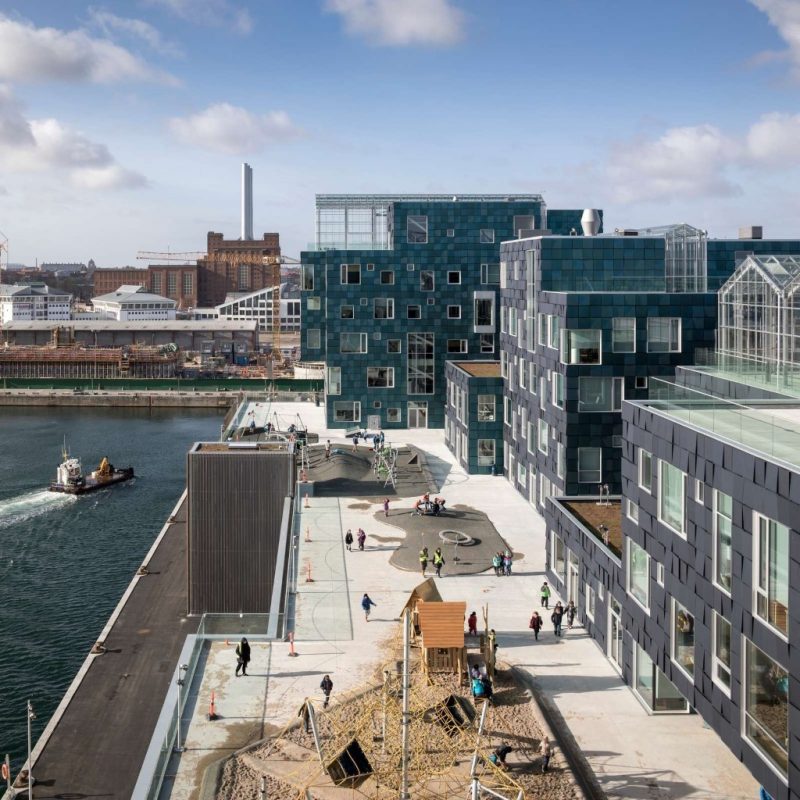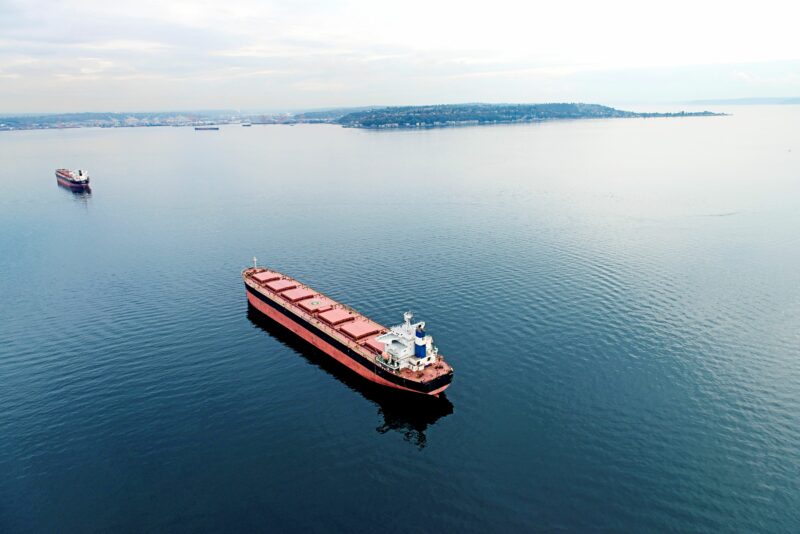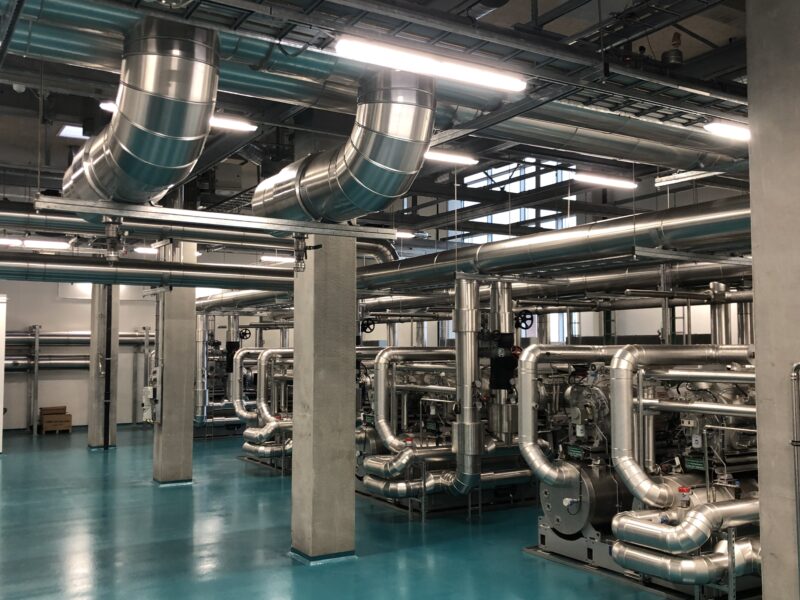Perspective
Offshore wind
District energy
District heating
+4
Sustainable energy: the power of the future
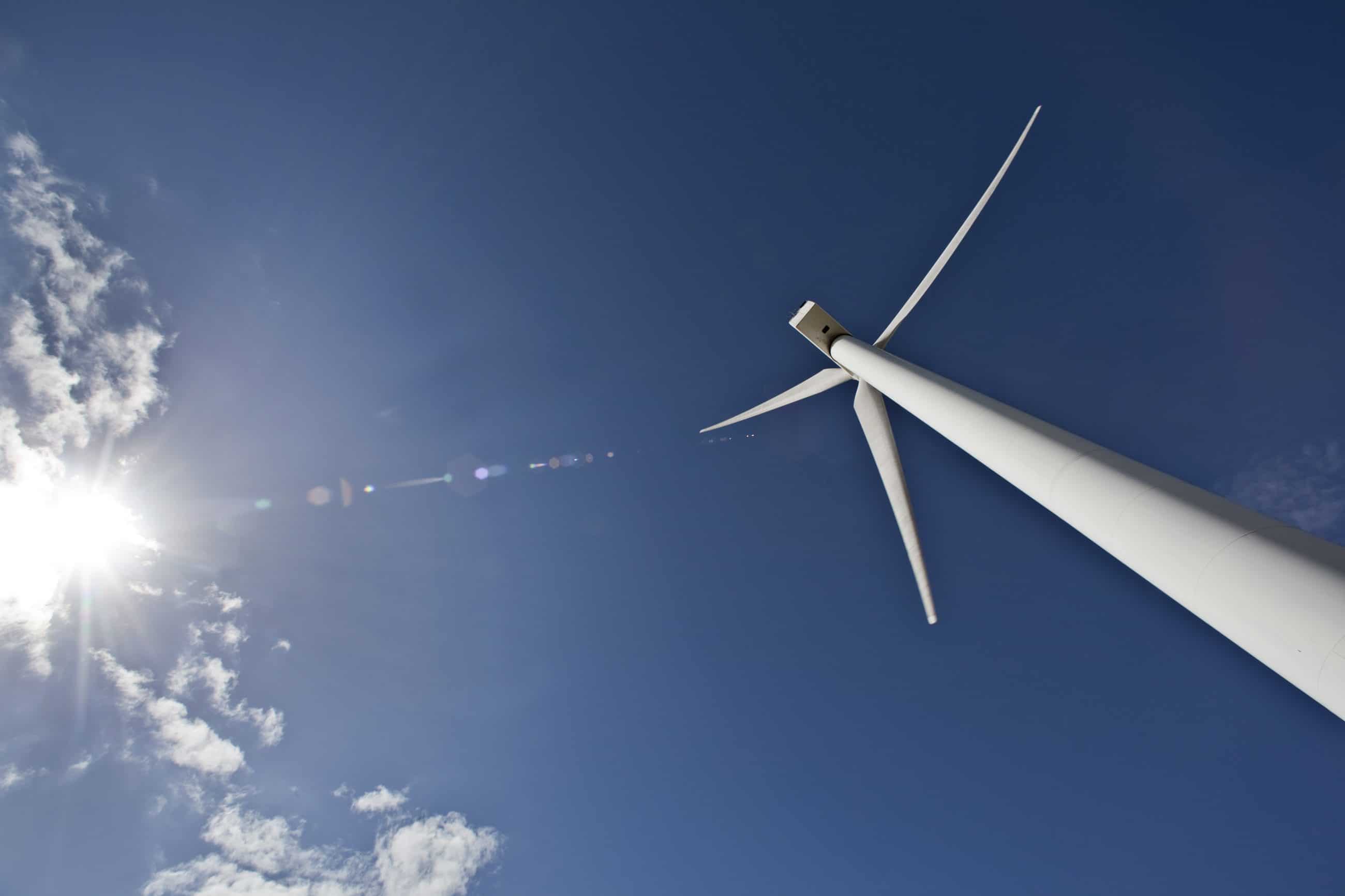

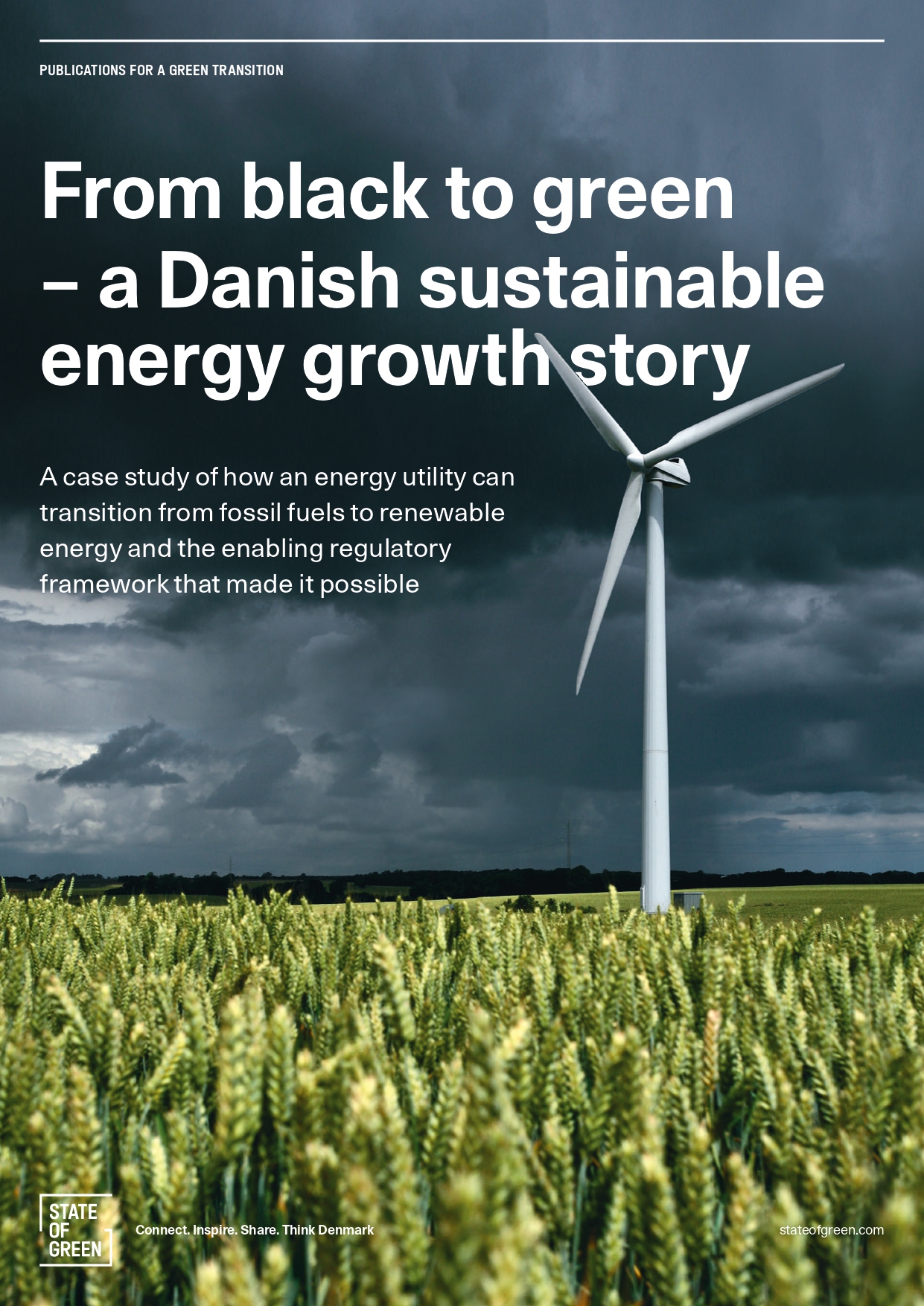
Reaching SDG 7: Decarbonisation of the global energy system
The continuous rise in CO2 emissions over the last 30 years and the growing global demand for stable electricity, heating, cooling, and transportation represent a major challenge worldwide.
Different countries face different kinds of energy challenges. As such, each country must find their unique energy model to transition to a low-carbon economy. Some economies need to strengthen their domestic grid infrastructure to secure a stable electricity supply. Others need to take action to reduce the country’s overall energy consumption. Some already base their energy consumption on energy generated by renewables. And finally, some are well underway with the digitalisation of their energy system, rolling out sensors and smart meters, using data to create more intelligent and flexible energy systems. Transitioning to a low-carbon society marks a paradigm shift in the energy sphere.
To reach SDG 7 and decarbonise the global energy system, solutions like sustainable energy sources, green heating, and energy efficiency measures must be implemented. Decarbonisation and economic growth are not mutually exclusive. The most prosperous societies of the future will also be the most sustainable ones.
A Fossil-independent society by 2050
Over the past 40 years, Denmark’s energy system has undergone a profound transformation. Hit hard by the oil crises of the 1970s, we became uncomfortably aware of our 99 % dependency on oil imports. While the initial changes focused on replacing oil consumption with coal, Denmark soon realised that this was unsustainable. Consequently, Denmark shifted its efforts towards integrating the use of domestic sustainable energy sources into the power grid, making sure that the entire system became more energy efficient and stable. The long-term goal for Denmark is to become 100 % independent of fossil fuels by 2050. This means that energy demand across the board – electricity, heating and cooling, and transportation – must be met through the generation of sustainable energy.
Today, sustainable energy sources cover more than 30 % of our energy needs, with wind and bioenergy being the largest clean energy contributors. With virtually zero hydropower resources available in the country, Denmark is yet to find the optimal energy mix to achieve a fossil-independent society by 2050. The challenge remains, and we have a lot to learn and explore. One thing is certain: We will not be able to reach the goal alone. Collaborating with global partners is vital.
Decarbonisation and economic growth – not mutually exclusive
Long-term, proactive energy policies that focus on cost-efficient solutions enable significant economic growth. Since the 1980s, the Danish GDP has increased by over 100 % without increasing domestic energy consumption. In the same period, adjusted carbon emissions have dropped. It shows that decarbonisation and economic growth are not mutually exclusive. We even predict them to be interdependent in the future. Electricity harnessed from renewable energy sources such as wind and solar is one of the cheapest options on the market, although global government support for traditional fuels across the world still exceeds that for renewables. In Denmark, onshore wind power is currently the cheapest energy source.
Energy efficiency as a key driver
Buildings account for 40 % of global energy consumption. In energy-intensive industries, energy consumption accounts for up to 40 % of total production costs. Ensuring successful energy efficiency deployment in buildings and industrial processes will allow us to meet society’s energy demand more efficiently and effectively.
Working with energy efficiency measures since the 70s, energy efficiency has become an embedded part of Denmark’s mindset. Both companies and citizens have been incentivised to reduce energy consumption. This has been achieved through a combination of regulatory and economic initiatives, such as:
- improved energy standards for buildings
- energy labelling schemes for electrical appliances
- taxes and subsidies
- public campaigns and
- energy saving agreements with industry.
In addition, Denmark’s district heating system is highly energy-efficient and has been one of the key drivers for reduced energy consumption and CO2 emissions from the energy sector. It utilises surplus heat from electricity production to heat water, piped into and distributed through the district heating system to provide heat to local areas.
Energy independence or interdependence?
Should a country strive for energy independence or interdependence in order to ensure access to clean and affordable energy? There is no simple answer to this question. However, what we do know is that geography obviously plays a role in how viable either is for the individual country.
The 70s oil crisis led Denmark to pursue energy independence of other countries. However, it has become evident for us and our neighbouring countries, that energy security is achieved via the help of energy import from each other. Significant elements of the Danish energy system have been developed in close public and private cooperation with other countries, institutions, and corporations. Through the NordPool power exchange, Nordic countries buy and sell electricity to balance their fluctuating electricity production. This ensures energy access, increases security of supply, and enables the integration of high shares of variable renewable energy in the energy system, thus providing a reliable supply.
Integrating sustainable energy sources successfully via holistic and flexible energy systems
Production of clean energy depends partially on the climatic context and natural resources available to a country. Similar to countries such as Portugal, Germany, and USA, Denmark possesses an abundance of wind, which is why the production of renewable electricity is based primarily on this source. In fact, wind turbines supplied 46 % of Denmark’s electricity consumption in 2019. Further increasing the amount of renewable energy in an energy system requires a strong transmission grid that copes with fluctuations from e.g. sun and wind energy.
Integrating sectors and systems becomes crucial in establishing a holistic, flexible energy system across electricity, heating and cooling, gas and transportation. Doing so enables balancing the use of renewables in a financially viable way, by tapping into the combined strength of these systems.
Denmark’s integrated system is fully reliable, with the highest level of security of supply in Europe. However, making a holistic, integrated energy system is an ongoing process, and we are continuously working towards increased integration via research and demonstration projects.
Combined Heat and Power (CHP) plants play a significant role in the integration of renewables into the Danish energy system. Not only do the plants supply the country with a substantial share of its electricity by virtue of their design, which allows them to store heat and vary the proportion of heat and electricity produced, they can also alter their electricity output in response to changes in wind output, and thus help balance the grid.
The Danish Transmission System Operator (TSO) Energinet uses advanced wind forecasting in the operations of power system control and dispatch. Looking ahead, energy consumers will become energy producers and thereby help balance the energy system, both by shifting their electricity consumption during peak periods in response to time-based rates, but also by feeding locally produced electricity into the grid.
Energy storage: a hard nut to crack
Increased renewable generation requires the ability to store electricity generated by wind, solar and other renewables for later use. Power-2-X solutions are therefore in high demand both in Denmark and globally. To date, no battery solutions can store these immense amounts of electricity. Instead, an integrated energy system, as well as increased electrification, can serve as storage capacity and thereby help balance the energy system.
A concrete example is the use of heating storage in the district heating system and increased use of electricity for heating, accompanied by increased deployment of heat pumps and electric boilers. Also, power to gas (P2G) and electrification of transportation through e.g. electric vehicles will balance the system. The Danish gas grid has a significant capacity to store natural gas. Down the track, it will also be possible to do the same with green gasses such as biogas or hydrogen, which can be subsequently be converted to power or heat according to demand.
Connect. Inspire. Share. Think Denmark
Denmark aims to stimulate and inspire low-carbon, economic growth globally. We believe everyone has the right to prosper and develop, and we believe the most prosperous societies of the future will be the most sustainable. At State of Green, a not-for-profit, public-private partnership, we foster relations with international stakeholders interested in discussing their challenges and bring into play relevant Danish competencies and technologies that enable your green transition. We welcome partners from all continents to meet like-minded Danish energy stakeholders and discuss your challenges as well as potentials.
Explore relevant publications

Carbon capture, utilisation, and storage
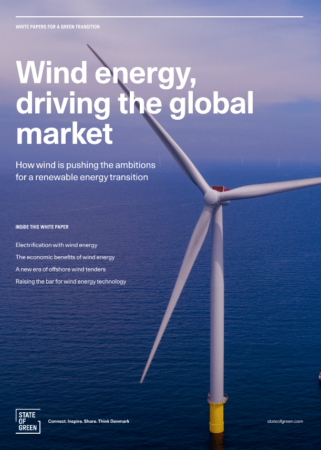
Wind energy – driving the global market
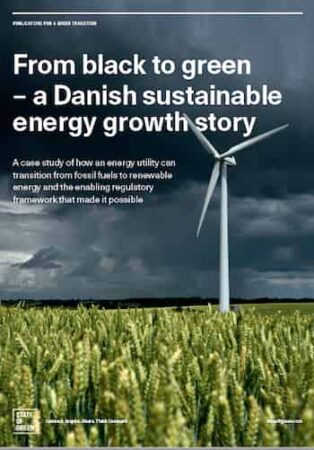
From black to green – a Danish sustainable energy growth story
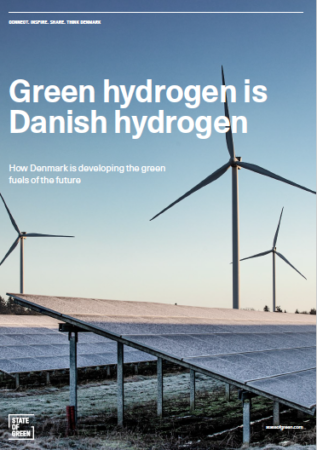
Green hydrogen is Danish hydrogen
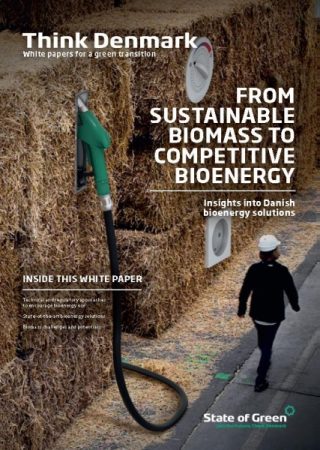
From Sustainable Biomass to Competitive Bioenergy: Insights into Danish bioenergy solutions
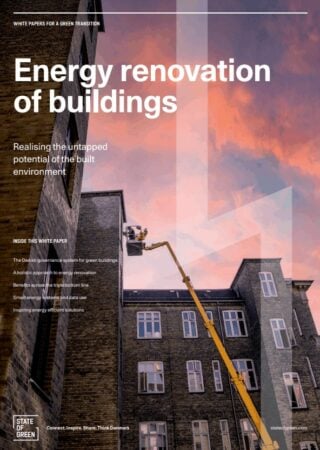
Energy renovation of buildings
You should consider reading
solutions
Combined heat and power production
+6
CopenHill: The story of the iconic waste-to-energy plant
20 November 2024solutions
Energy efficiency in buildings
+2



